Description
Tiger Pistol Shrimp, belonging to the Alpheidae family, are intriguing marine crustaceans known for their symbiotic relationships with gobies. These shrimp are notable for their vibrant coloration and distinctive claw structure. They have a fascinating behavior of creating burrows in the substrate, which serves as shelter and hunting grounds.
Ecology: In the wild, Tiger Pistol Shrimp are found in coastal areas and coral reefs of various oceans around the world. They are known for their mutualistic relationships with gobies, where the shrimp build and maintain burrows, while the gobies provide protection by alerting the shrimp of potential threats.
In the Aquarium: Creating a suitable environment for Tiger Pistol Shrimp involves providing them with sandy substrate to enable burrowing. Live rock formations can offer additional hiding spots and perches for the gobies that often pair with them. It’s essential to ensure a stable and clean water environment to support the shrimp’s well-being.
Behavior and Symbiosis: Tiger Pistol Shrimp are fascinating to observe as they use their enlarged claw to create loud snapping sounds. These sounds serve as signals to gobies and other tank inhabitants. When paired with a suitable goby partner, the shrimp and goby form a symbiotic relationship where the shrimp maintains and expands the burrow, and the goby acts as a lookout for predators.
Feeding: Tiger Pistol Shrimp are scavengers and opportunistic feeders. They will scavenge for food particles in the substrate and hunt small invertebrates. Providing a varied diet that includes small meaty foods, such as mysis shrimp or finely chopped seafood, will help keep them healthy and active.
Care and Compatibility: These shrimp are generally considered to be of intermediate care level. They can be compatible with a variety of fish and other invertebrates, but it’s crucial to avoid aggressive tank mates that could potentially harm or harass them.
Note: The appearance and behavior of Tiger Pistol Shrimp can vary among individual specimens and species. The information provided here offers a general overview of their characteristics and care requirements.


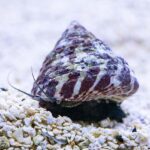
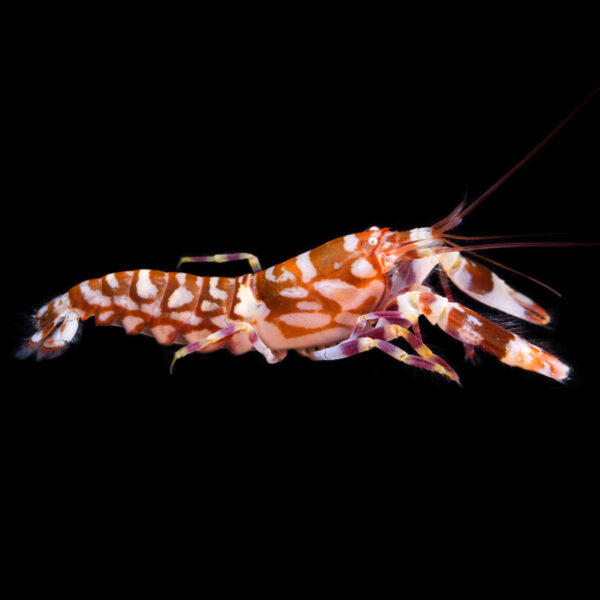

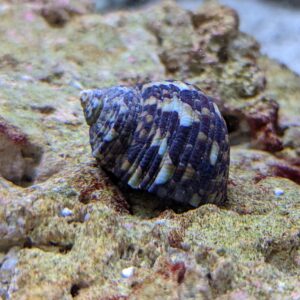
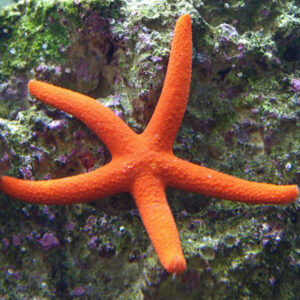
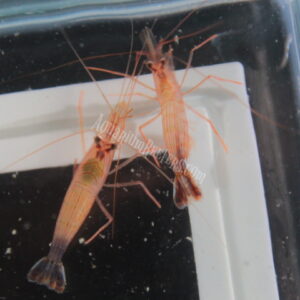

 Lyretail Anthias
Lyretail Anthias
Reviews
There are no reviews yet.